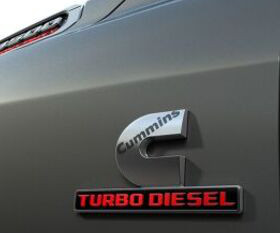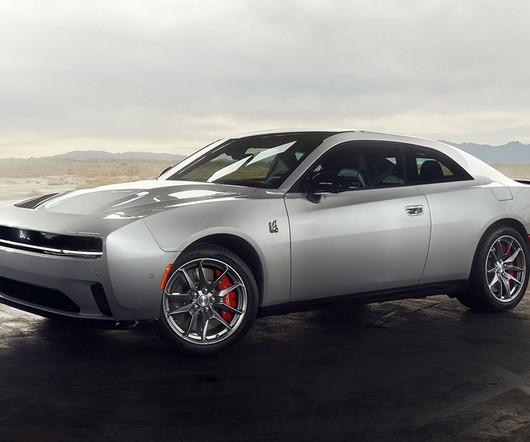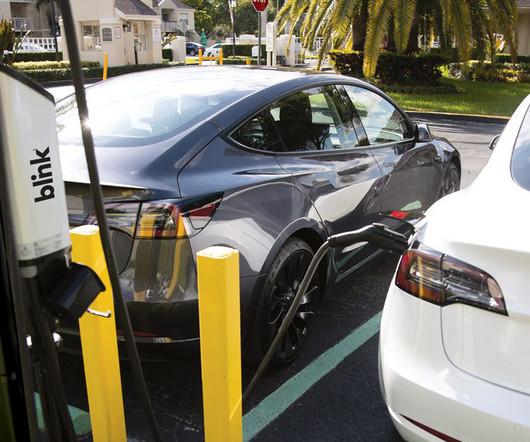UC Riverside team wins EPA design contest with lawnmower exhaust aftertreatment device
Green Car Congress
JULY 8, 2014
A team of University of California, Riverside Bourns College of Engineering students have won an EPA student design contest for developing an exhaust aftertreatment device that cuts CO, NO x and PM emissions from lawnmowers. Then, an ultra-fine spray of urea solution is dispersed into the exhaust stream for catalytic NO x reduction.








































Let's personalize your content